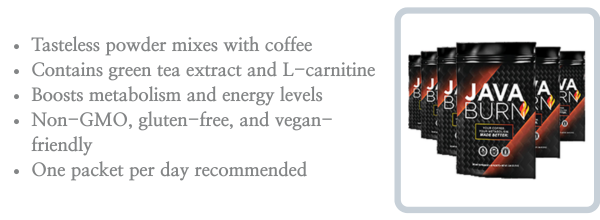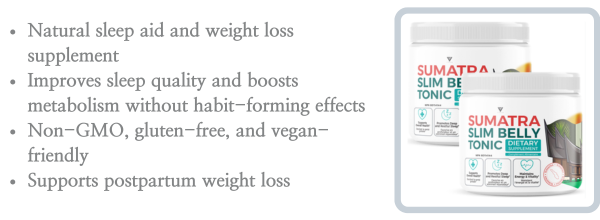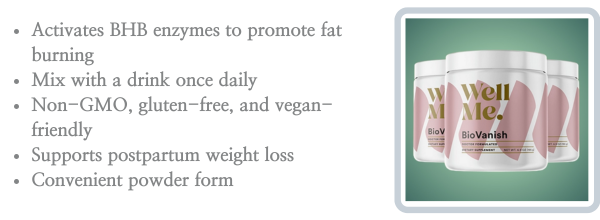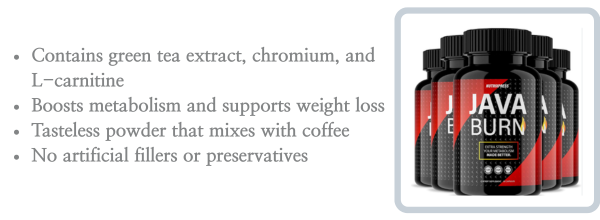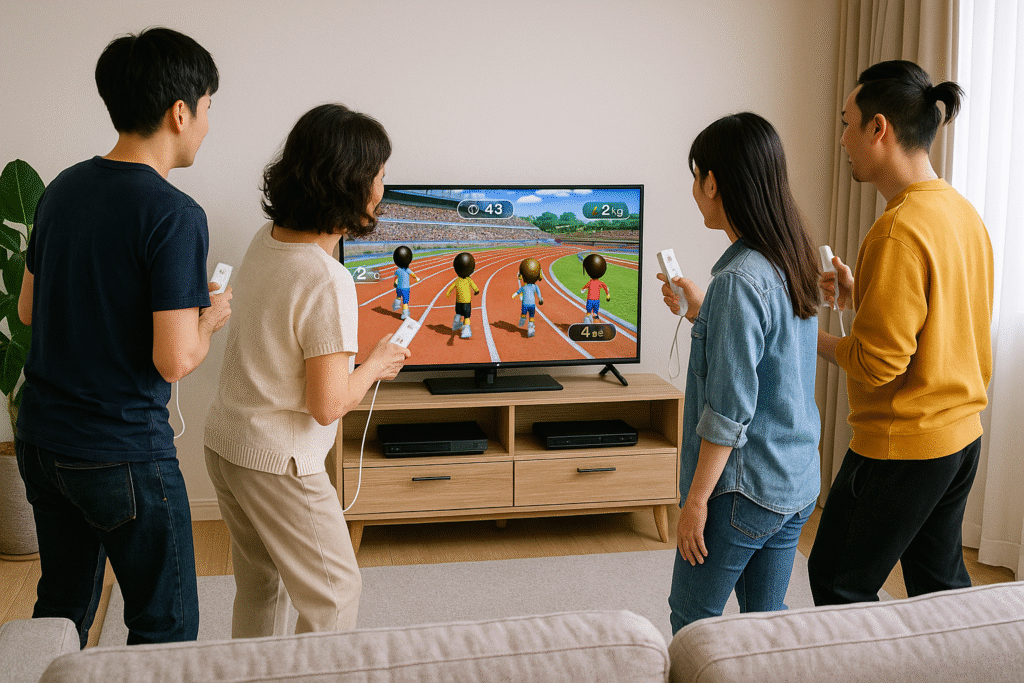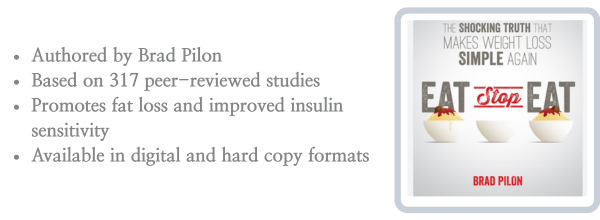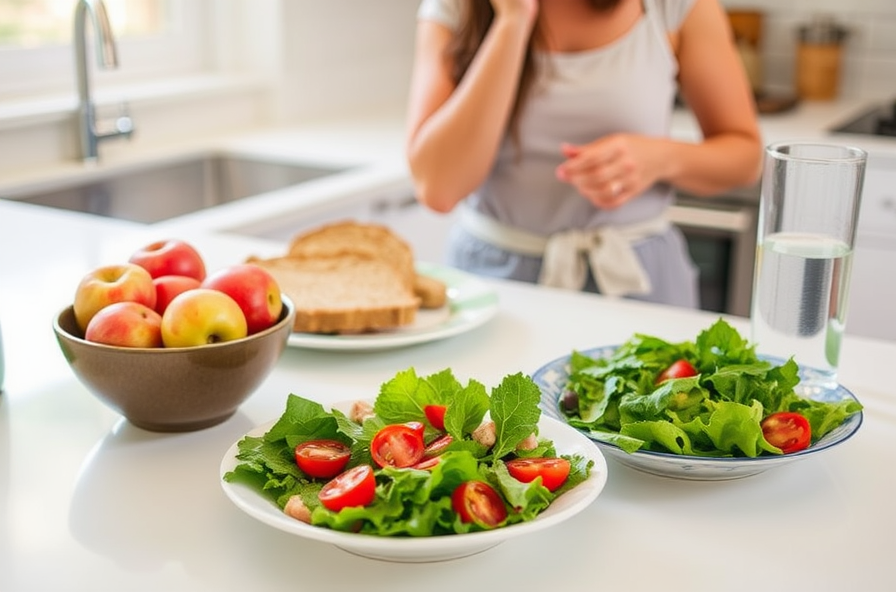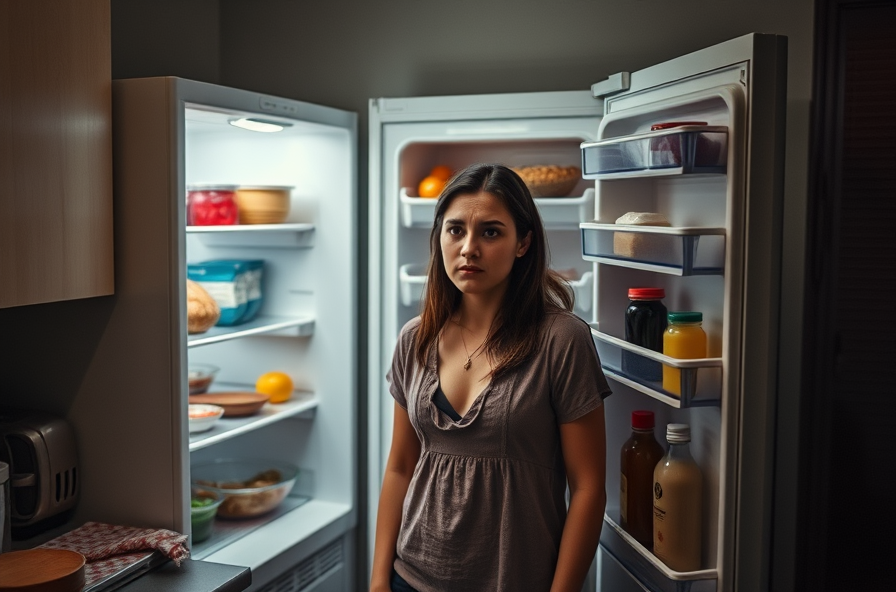
You know that feeling—you’ve been careful about what you’re eating, you’re logging your workouts, not skipping those walks, and then… nothing. The scale refuses to play along. It’s so discouraging, like your efforts have just stopped mattering. Trust me, that’s happened to more of us than you’d think. Here’s the deal: weight loss plateaus are not some rare disaster—they’re actually expected, and yes, you can definitely work past them. There are legit ways to get things moving again, so don’t let this roadblock convince you to give up. So, here’s the reality: hitting a weight loss plateau can really mess with your head. One day the number on the scale is creeping down, and next—it’s like your efforts vanish into thin air. If you’re frustrated, you’re definitely not alone. In this article, I’ll dig into what’s going on behind the scenes when your progress stalls, and share a handful of practical tips and tweaks to help you push through. Your body’s just doing its thing—it isn’t out to get you, promise!

You know that feeling—you’ve been careful about what you’re eating, you’re logging your workouts, not skipping those walks, and then… nothing. The scale refuses to play along. It’s so discouraging, like your efforts have just stopped mattering. Trust me, that’s happened to more of us than you’d think. Here’s the deal: weight loss plateaus are not some rare disaster—they’re actually expected, and yes, you can definitely work past them. There are legit ways to get things moving again, so don’t let this roadblock convince you to give up.
Let me be straight—this is not some made-up obstacle so people can gripe about their diets. It’s real. What typically happens: you cut calories, up your activity, and for a while, things work. Then, bam—the scale holds firm. Your body, pesky genius that it is, catches onto the game and shifts gears. Metabolism slows down, just making sure you don’t drop too much too quickly. Frustrating, right?
Here’s why: when you weigh less, you don’t need as much fuel to function, so your engine—aka your metabolism—shifts into a lower gear. That means your previously amazing routine starts losing its magic.
It’s super common to hit this level around 10 percent below your starting weight (shoutout to Healthline for that tidbit). Annoying as it is, there’s no moral failing here. Your body is wired for survival, which means slowing down weight loss to make sure you aren’t actually starving to death. Seriously, it’s a weird kind of self-preservation, not payback for having birthday cake last weekend.
Now for some good news—you don’t have to flip your entire life upside-down to get things moving again. Usually, it’s about tinkering and paying closer attention. First off, if you’ve lost weight, you probably need fewer calories now. Wild, right? Even a little trimming of your portions can make a difference. Some folks swear by nudging down their carb intake just a bit; apparently, MD Anderson Cancer Center recommends it to help shake off some extra water weight and give your fat loss a nudge, too.
If that’s not clicking, maybe your workouts are stale. It’s kind of surprising, but the body really does get bored. I’ve seen friends who plateaued for weeks totally restart their progress after swapping their go-to jogs for a couple of HIIT sessions or adding a spin class into the mix. A little variety seems to shake things up.
And, real talk: how precise have you been with what you’re eating? Tiny bits here and there—handful of nuts, taste-testing dinner, half-finished coffee drinks—can really sneak up on you. Keep a diary for a week and you might be surprised (I was).
Another thing—muscle is your metabolism’s best friend. Getting more protein and doing some weight or resistance training can help you out much more than marathon cardio. Eggs in the morning, a little chicken or beans at lunch, a couple strength sessions if you can swing it—worth a shot.
And please don’t blow off your sleep or brush off stress—those things matter more than you’d think. Skimping on sleep or carrying extra stress can throw your hunger off and make your body stubborn about letting go of fat. Sometimes a night in or honest-to-goodness downtime is as helpful as another workout.

If you ask me, losing weight is more like zig-zagging through a maze than gliding down a slide. You’ll hit slow patches, and that’s your body’s cue to hit pause—not a warning that you’ve failed. Making small changes—whether that’s trimming your meals, mixing up your workouts, or simply taking better care of yourself outside the gym—can help you get moving again. Be patient with yourself. A plateau is proof that you’re making real changes, not proof that you’ve stalled for good.
Sources
-
12 Smart Ways to Bust Through a Weight Loss Plateau – Healthline
-
How to Break a Weight Loss Stall (According to MD Anderson Cancer Center)
-
6 Down-to-Earth Strategies to Smash a Weight Loss Plateau in 2025
Today’s related searches: how to adjust calories after plateau, best foods to break weight loss plateau, strength training for weight loss stall, intermittent fasting for plateau breakthrough, tracking hidden calories weight loss
[intro_box]
